Monkeys, Poetry, & Painting
I’ve started (albeit a bit late) to blog a poem every day at RU NaPoWriMo-ing?, which was set up by Becca Klaver for “Rutgers English PhD students [to] write a poem a day for the month of April.” While I am sympathetic to Charles Bernstein’s satirical polemic against National Poetry Month, I do think April is as good as any other month for some monkeying around. So every day, I’ve been trying to write an ekphrastic poem that is inspired by a painting made by a monkey. Here’s one of my favorites so far— it meditates upon a work executed by Lady, a chimpanzee.
All of the images that I’m working with come from paintings and drawings reproduced in Thierry Lenain’s book Monkey Painting (Reaktion Books, 1997), which seems to be the definitive study in the field. On an anecdotal level, it’s certainly an entertaining read, and Lenain goes about describing the monkeys’ various activities with a nice touch of humor. Alpha, the chimpanzee, for instance, “would ‘finish’ her paintings by tearing the paper to shreds.” And Lenain makes charming attempts at understanding a monkey’s aesthetic point of view (note the well-delivered rhetorical question): “Congo [the chimpanzee] seemed to understand how to ‘enhance’ a whole composition: what better way of disrupting a fan spread to occupy almost the whole of the paper than to add three spots of white paint?”
Congo (1954-1964 ), pictured at the top of the post, is probably the most well known and arguably the most skilled “monkey painter”–Picasso and Miró were supposedly “fans” and his paintings have recently fetched some sizable sums. To give you an example of what a monkey painting might look like, here’s a painting by Congo that I took from his Wikipedia page:
For obvious reasons, monkey painting is a much more successful discipline than monkey writing and produces more fascinating results. Monkey writing? Yes, monkey writing– well, at least monkey typing. And I’m not talking about using the figure of the monkey as a humorous mask (check out Clayton Eshleman’s author photo in the current issue of Action, Yes).
In 2002, Geoff Cox of Plymouth University’s School of Art & Media designed an experiment at Paignton Zoo (in Devon, UK) which provided six Sulawesi crested macaques with access to a computer. In four weeks, Elmo, Gum, Heather, Holly, Mistletoe and Rowan produced five pages consisting mainly of the letter “s.” The results were published in a limited edition volume under the title Notes Towards the Complete Works of Shakespeare, but a pdf-version is available online.
Here’s the climactic ending of their “text”:

Concrete poetry? Lettrist poetry? A score for a Hugo Ball-style sound poem? …hmmm….that’s a bit of a stretch…
While it is tempting, I won’t be writing any poems called “Poem beginning with a phrase by Elmo the macaque.” At least, not yet. I’ve got my hands full with this ekphrasis/monkey painting project.
I do, though, enjoy the stories of how the macaques appropriated the computer for non-writing purposes. According to researcher Mike Phillips, when the computer was first introduced to the cage, the alpha male “got a stone and started bashing the hell out of it.” He also noted that the monkeys were quite interested “in defecating and urinating all over the keyboard.”
Obviously one would have to discipline a monkey in a particular way if one wanted more legible writing. Let’s consider now James Tate’s “Teaching the Ape to Write Poems”:
They didn't have much trouble teaching the ape to write poems: first they strapped him into the chair, then tied the pencil around his hand (the paper had already been nailed down). Then Dr. Bluespire leaned over his shoulder and whispered into his ear: "You look like a god sitting there. Why don't you try writing something?"
I love the figure of “Dr. Bluespire,” how he represents institutional coercion, how he indoctrinates the ape into a kind of poetry (that is all too prevalent), a poetry of the “I” that is undergirded by what Keats calls the “egotistical sublime.” And this “indoctrination” is just as insidious as the physical restraints, for it removes from the ape the crucial element of play. In fact, the poem is not really about apes at all, but, instead, we confront in its lines our own distorted reflection, our own artistic vanity.
In contrast, let us consider, once again, the photo of Congo at the top and Lenain’s commentary: “in the photograph…Congo’s face bears a tell-tale expression: he is wearing the ‘play smile’ of the chimpanzee (mouth open like a crescent moon, upper teeth covered), worn in social games to signal that the activity is ‘for fun.'” For Lenain, monkey painting is “a ludic-exploratory practice,” an act of “formal disruption.” And I suggest that human poetry has much to learn from monkey painting.






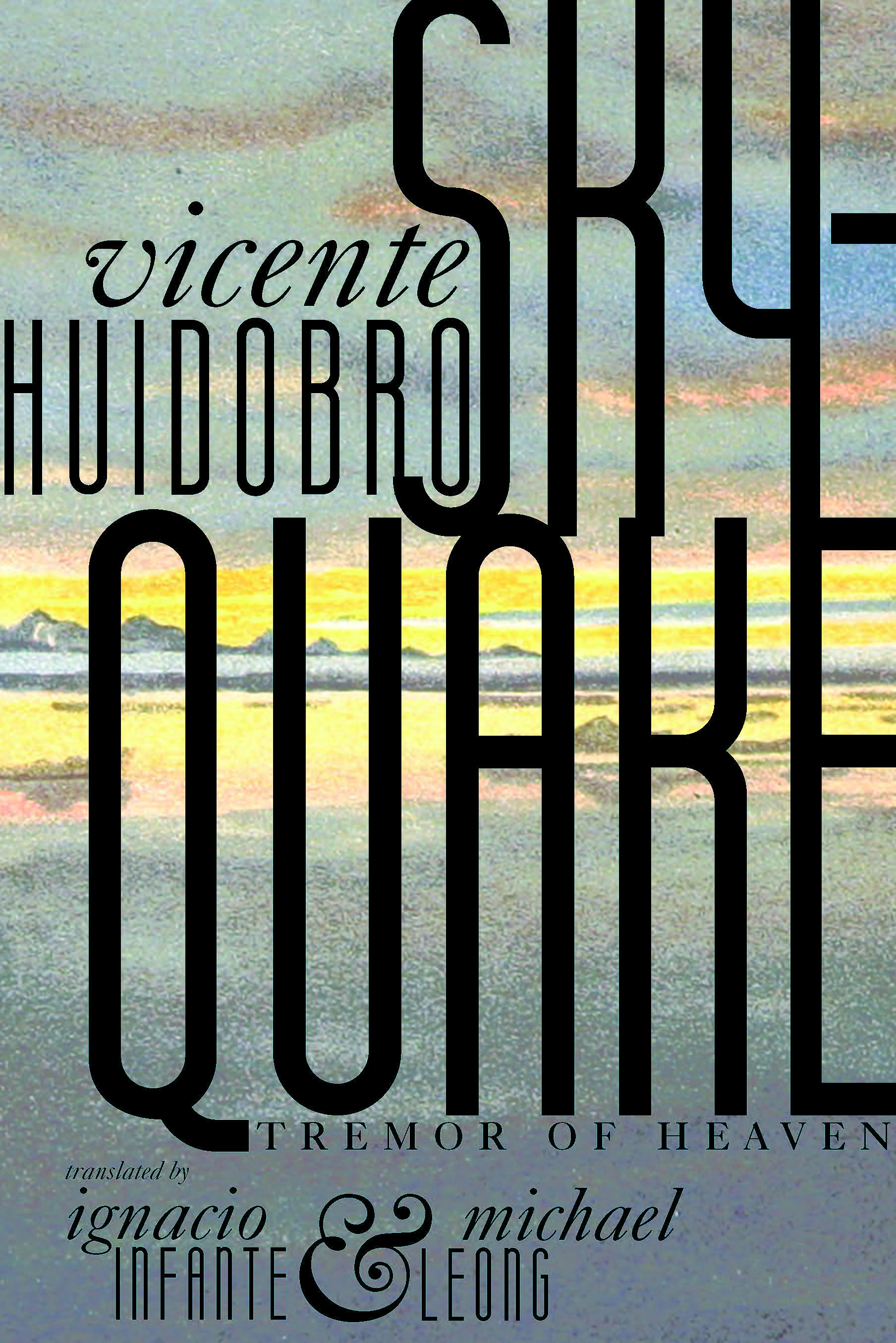



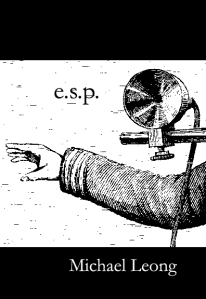
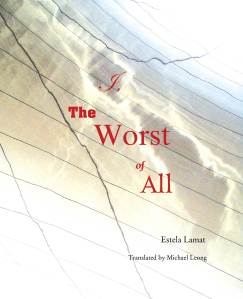


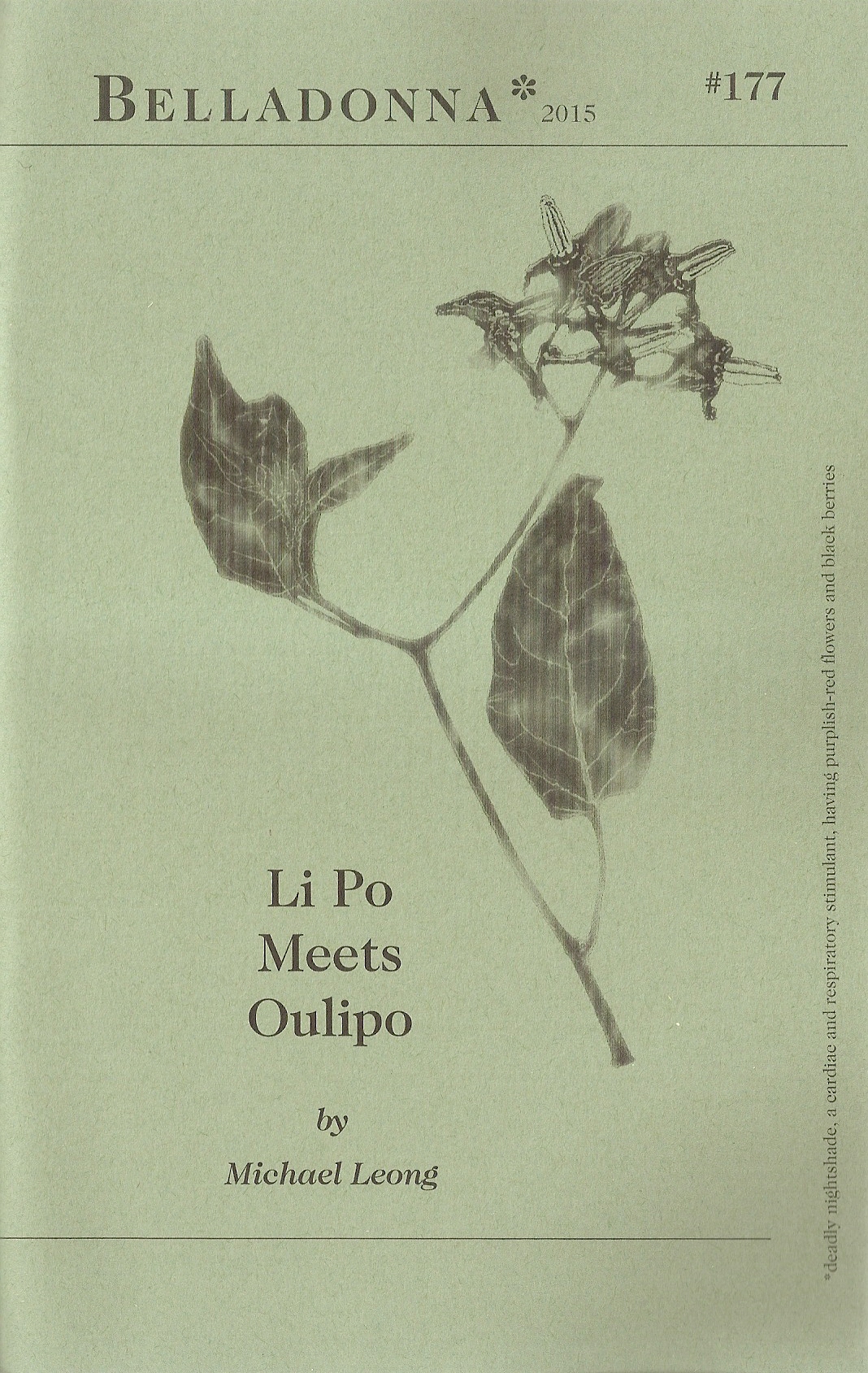
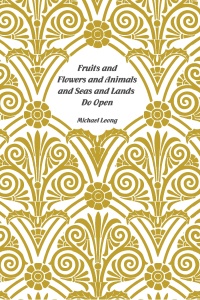
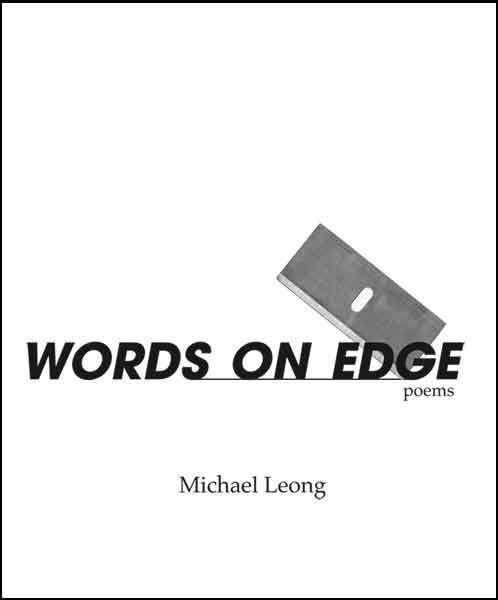




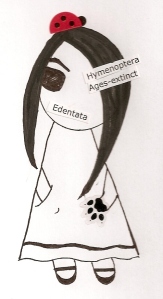
[…] Congo, chimpancé con el que Desmond Morris realizó sus experimentos para estudiar el sentido artístico en primates no humanos (imagen: Stalactite Chandelier). […]
Somos Primates » Arte innato (1) said this on December 9, 2010 at 10:06 am |
[…] (the chimpanzee) | via michael leong’s poetry blog Cancel ReplyWrite a […]
| painting photo blog said this on January 29, 2011 at 1:34 pm |
i really dont think that the poem with the money sign is really a poem it really shouldnt have even been published so this “so called poem” really needs to down or else ill tell the publisher how do you like my boss